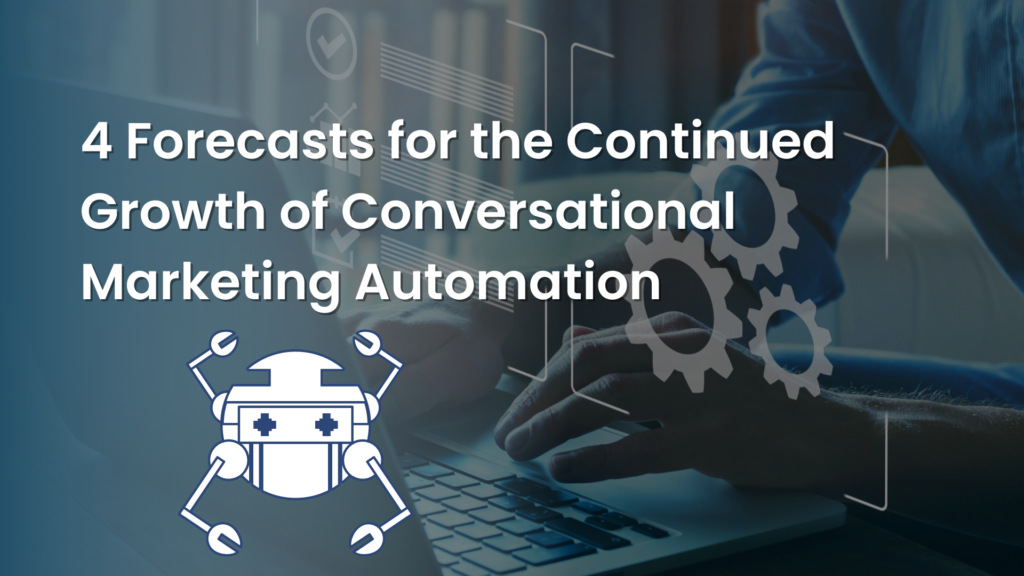Learn about some forecasts for the development and expansion of conversational marketing automation.

Automation for conversational marketing is no longer a novel technology. Virtual agents are already frequently used by customers to research businesses or finish online screening processes. Businesses are investing so significantly on conversational channels as a result that by 2025, the market will be close to $300 billion.
According to Statista, it opens a new window.
Marketing professionals have benefited from the way intelligent chat technology streamlines customer interactions with brands, spurring a number of developments that are just now starting to bear fruit. Some are even providing advantages that go beyond marketing’s normal purview. Here are four forecasts on how the field will develop and grow in the upcoming year.
Top-of-funnel demand generating technology is linked with chat marketing solutions. This is due to the fact that conversational AI has typically been used as a tool for website navigation, simple question answering, and directing leads to sales departments. However, it is only the beginning of what technology is capable of, and in 2023, we will see businesses seize a lot more of these chances.
Intelligent chat is beginning to be used by business owners for purposes beyond than simple product inquiries and website navigation. Instead, as part of mid- to low funnel marketing, consumers and prospects interact with conversational AI. A Botco research that was released at the start of 2022 discovered that:
Another advantage of digitization is that companies can combine two different but complementary tools into a single, comprehensive solution. In this setting, conversational marketing offers a tonne of potential because it integrates easily with a variety of products, from messaging services to reporting systems. However, combining conversational AI with robotic process automations (RPA), software that can control operational activities in the background, offers the most promising potential.
Together, these items improve client satisfaction while streamlining intake. Patients may utilise intelligent chat in the healthcare industry, for instance, to respond to screening questions without having to stand in line. The conversational AI may process the conversation’s facts and transfer them to the RPA, which will automatically fill out paperwork and communicate crucial information to technicians and other staff members. These tools will assist medical practitioners in providing patients with higher-quality treatment more efficiently as virtual care becomes the norm.
COVID-19 showed that the medical sector requires greater technology assistance to accommodate patients who have trouble reaching healthcare providers through conventional channels. Investments in digitalization are paying off in the shape of streamlined, accessible telehealth and virtual care services as the medical industry adjusts to a new normal.
To ensure that these systems continue to function effectively, conversational AI is an essential technology. Consider the 55 poison control facilities as an example.
opens a brand-new window in the USA. These facilities handled 2.1 million toxic exposure calls in 2020, with one call coming in on average every 15 seconds. And that’s before we take into account patients who might decline to speak with a human operator because they are too humiliated or embarrassed to discuss ingesting a dangerous substance.
With no wait time and little concern for social stigma, a virtual agent might provide the same general poison exposure advice, quickly escalating cases to human agents who could then be freed up for situations that called for their expertise. Using the same technology, recommendations for addiction treatment services can be made in private in response to enquiries about mental health in order to schedule follow-up consultations. Intelligent chat can effectively handle patient inquiries and enhance outcomes when properly implemented and involving real providers.